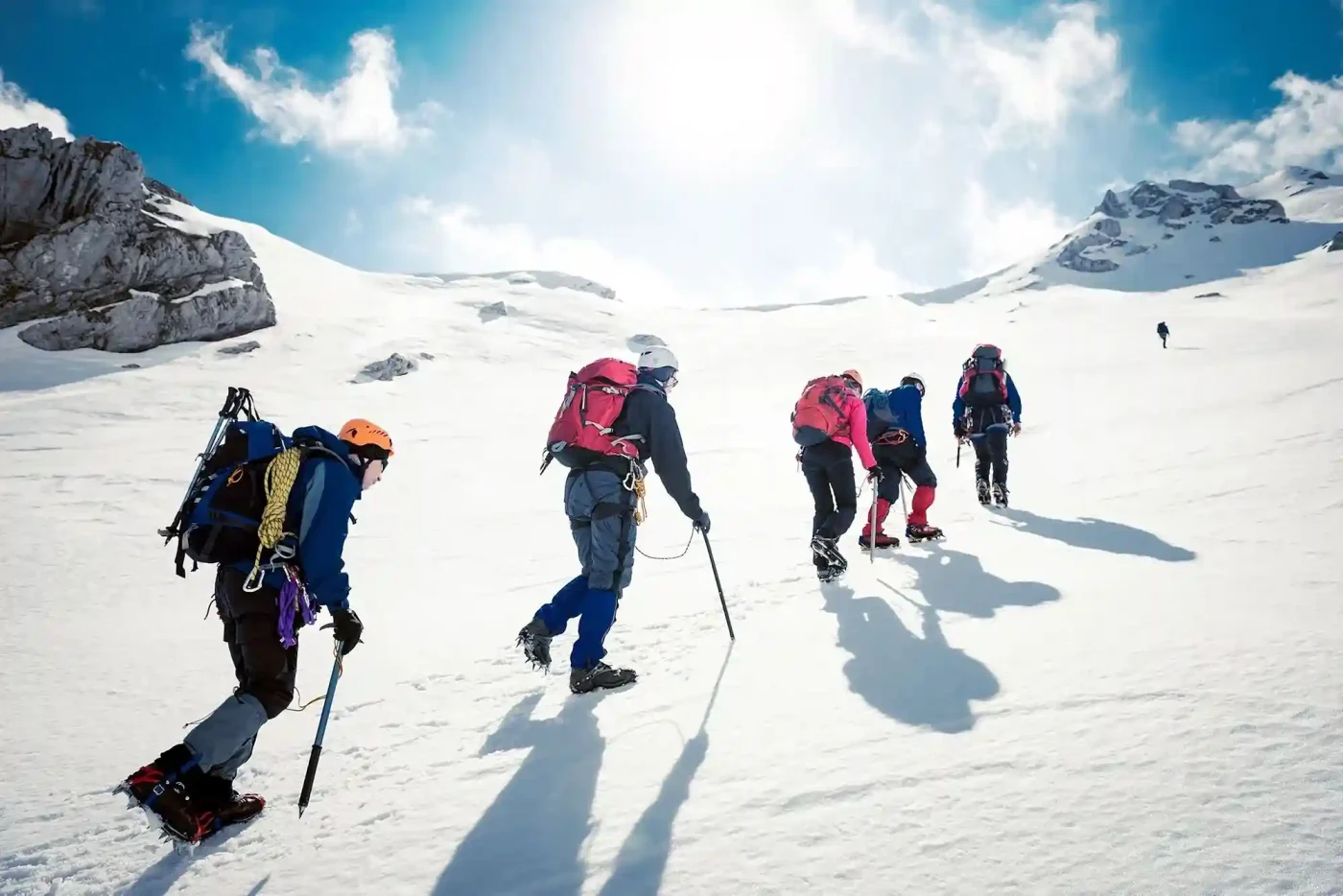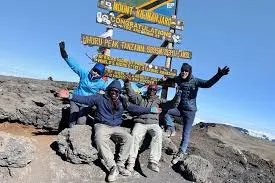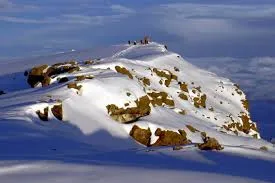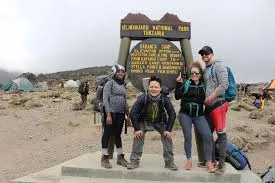Kilimanjaro Accident Stories and Lessons Learned
Learning from accidents on Kilimanjaro can help you stay safe and prepared. Always follow your guide’s instructions, stick to marked routes, and avoid overexertion at high altitudes. Prepare for sudden weather changes by carrying proper clothing and emergency gear, and ensure you know basic first aid and altitude sickness symptoms. Traveling with a reliable group or tour company greatly reduces risks. Below are some Kilimanjaro accident stories and the lessons learned from them, designed to help climbers make safer choices on their 6–9 day trek with Capable Africa Tours.
Plan Your Safe Climb Now
Why Learn from Kilimanjaro Accident Stories?
Every year, 30,000–50,000 climbers attempt Kilimanjaro, with an estimated 10–15 fatalities (0.02–0.03%) and numerous non-fatal incidents. Understanding these accidents helps climbers prepare better. At Capable Africa Tours, we prioritize safety, using lessons from past incidents to enhance our guided treks. Below, we share real stories, analyze causes, and offer practical tips to ensure your climb is safe and successful.
Common Kilimanjaro Accidents and Their Causes
- Altitude Sickness (AMS): Affects 50–75% of climbers to varying degrees due to rapid ascents or poor acclimatization.
- Falls and Injuries: Slippery trails, especially in wet seasons (April–May, November), cause sprains or fractures.
- Hypothermia: Summit night temperatures (0–20°F) can lead to hypothermia without proper layering.
- Dehydration: Inadequate water intake (3–4L daily needed) leads to fatigue and AMS symptoms.
- Rockfall: Rare but dangerous in areas like the Western Breach, often due to natural instability or human error.
Real Kilimanjaro Accident Stories
These real-life incidents highlight the importance of preparation, experienced guides, and safety measures. Capable Africa Tours uses these lessons to enhance our treks.
Story 1: Altitude Sickness on the Marangu Route
A group of climbers on a 5-day Marangu Route trek ignored mild AMS symptoms (headaches, nausea) at 3,700 m. One climber developed High Altitude Pulmonary Edema (HAPE) near Kibo Hut (4,700 m).
Lesson: Never push through AMS symptoms. Capable Africa Tours conducts daily health checks with pulse oximeters to catch issues early.
Story 2: Fall on the Machame Route
During a rainy season trek, a climber slipped on a muddy trail at 3,000 m, spraining an ankle. Without trekking poles, recovery was delayed.
Lesson: Use trekking poles and avoid wet seasons (April–May, November). Our guides ensure proper footing techniques.
Story 3: Hypothermia on Summit Night
A trekker on the Rongai Route underestimated summit night cold (–10°C) and wore insufficient layers, leading to hypothermia.
Lesson: Pack 800-fill down jackets and thermal layers. Capable Africa Tours provides gear checklists and rentals.
Story 4: Rockfall Incident on the Western Breach
In 2006, a rockfall on the Western Breach killed three climbers due to unstable terrain.
Lesson: Avoid high-risk routes like the Western Breach unless with expert guides. We recommend safer routes like Lemosho.
Watch: How to Climb Kilimanjaro Safely
Learn from Capable Africa Tours experts about avoiding common accidents and preparing for a safe Kilimanjaro climb in this informative video.
Lessons Learned and Safety Tips
Based on accident stories, here are actionable safety tips from Capable Africa Tours to ensure a secure climb:
Preventing Altitude Sickness
- Choose longer routes (7–8 days) like Lemosho for better acclimatization.
- Drink 3–4L of water daily and eat high-calorie meals.
- Monitor symptoms with guides; descend if headaches or nausea worsen.
- Consider Diamox (consult a doctor) to aid acclimatization.
Avoiding Falls and Injuries
- Use trekking poles to stabilize on uneven or slippery trails.
- Wear waterproof, high-ankle boots with good grip.
- Climb during dry seasons (Jan–Mar, Jun–Oct) to avoid muddy trails.
- Follow guide instructions on steep sections like Barranco Wall.
Protecting Against Hypothermia
- Pack a layered clothing system: base layers, fleece, down jacket, and Gore-Tex shell.
- Use a sleeping bag rated to –15°C for high-altitude camps.
- Bring hand warmers and a neck gaiter for summit night.
Emergency Preparedness
- Climb with operators like Capable Africa Tours, equipped with oxygen tanks and evacuation plans.
- Carry a personal first aid kit (bandages, painkillers, blister pads).
- Ensure travel insurance covers high-altitude trekking and evacuation.
How Capable Africa Tours Ensures Your Safety
At Capable Africa Tours, safety is our priority. Our comprehensive safety protocols minimize risks and ensure a secure climb to Uhuru Peak.
- Experienced Guides: 1 guide per 2 climbers, trained in Wilderness First Aid.
- Daily Health Checks: Pulse oximeters and symptom assessments to monitor AMS.
- Safety Equipment: Oxygen tanks, first aid kits, and emergency communication devices.
- Flexible Itineraries: 7–8 day routes for optimal acclimatization.
- Eco-Conscious Treks: Supporting local communities and sustainable practices.
Contact us to learn how we tailor safety for every trekker.
Ready for a Safe Kilimanjaro Adventure?
Join Capable Africa Tours for a secure and unforgettable climb to Kilimanjaro’s summit. Our expert guides, safety-first approach, and 90% success rate ensure you reach Uhuru Peak safely. Book now to start your journey!
- 90% summit success rate with safe itineraries
- Comprehensive safety protocols and equipment
- Experienced guides trained in emergency response
- Gear rentals for hassle-free preparation
- Eco-friendly treks supporting local communities
Limited spots for safe Kilimanjaro treks — book now with Capable Africa Tours!
Plan Your Safe Climb Now


